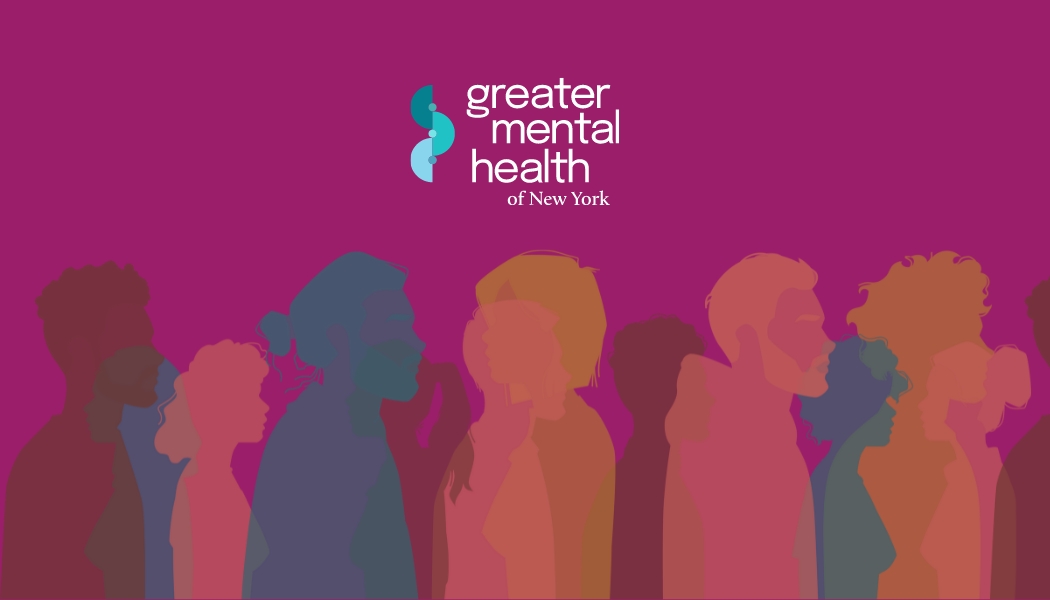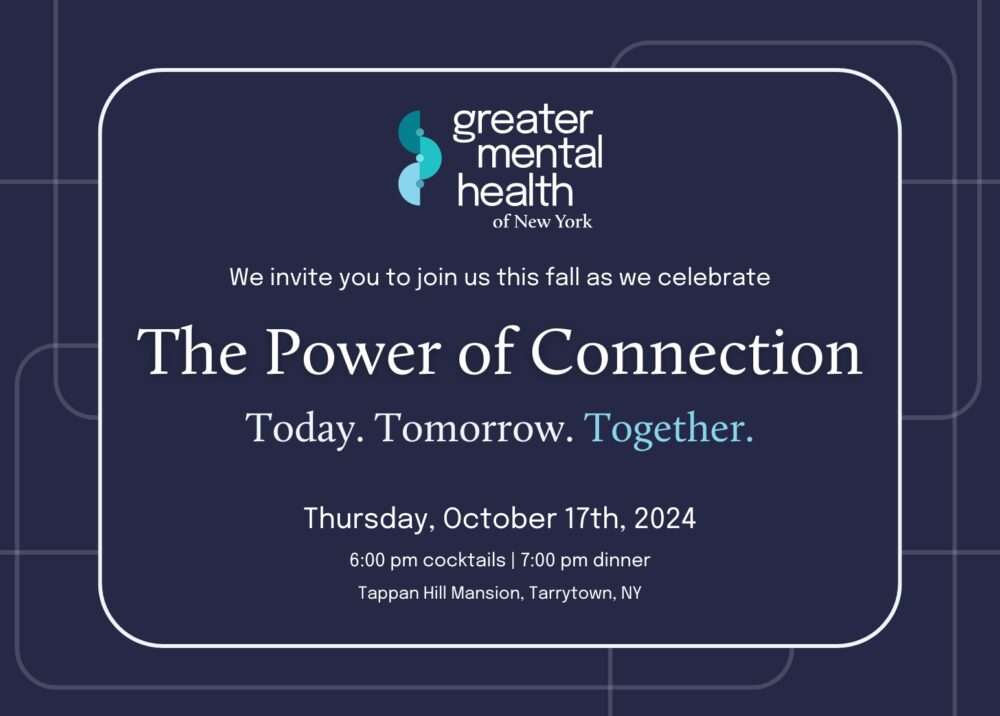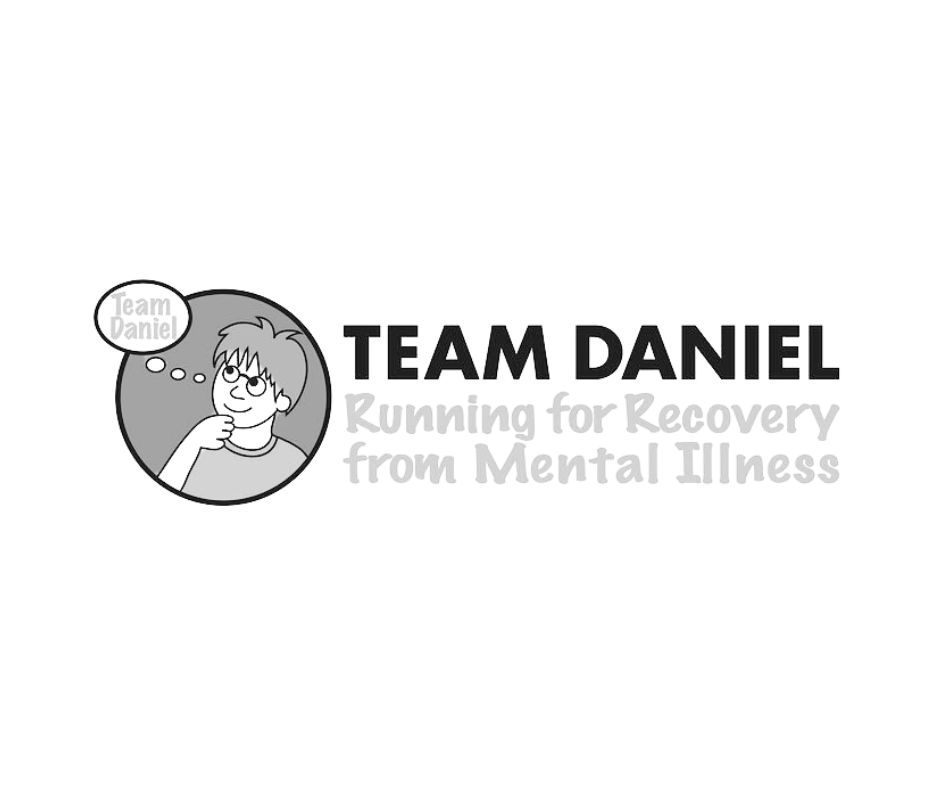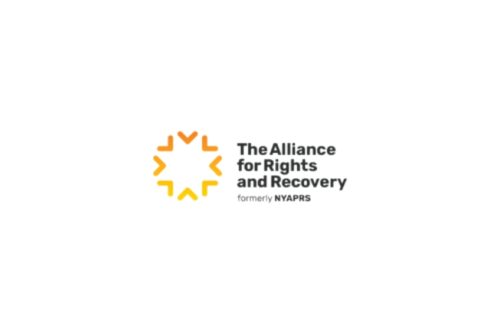Greater Mental Health Of New York
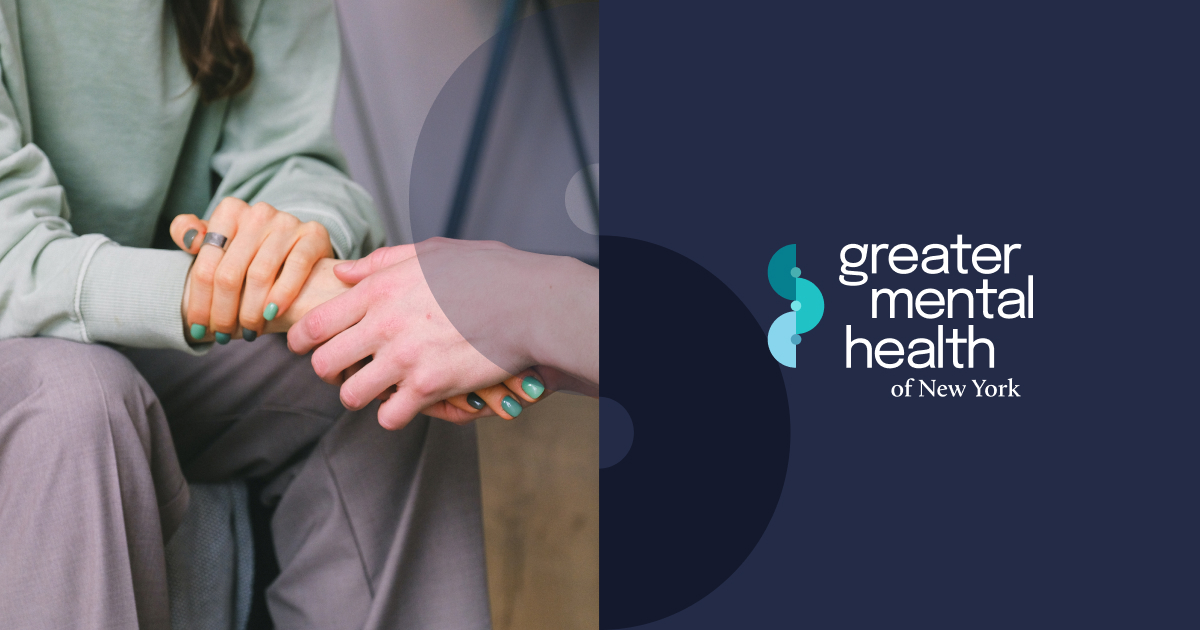
Imagine a crisp autumn morning in Central Park. The sun filters through the changing leaves, casting a golden glow on the faces of people strolling by. Laughter mixes with the gentle rustling of leaves, creating a symphony of urban serenity. This is a scene increasingly common in New York City, a testament to the growing emphasis on mental well-being across the five boroughs.
New York City is undergoing a quiet revolution in mental health. Fueled by increased awareness, innovative programs, and a collective commitment to well-being, the city is striving to create a more supportive and mentally healthy environment for all its residents.
A Shifting Landscape: The Need for Change
For decades, mental health was a whispered concern, shrouded in stigma and often overlooked in the bustling energy of New York City. The fast-paced lifestyle, economic pressures, and diverse challenges faced by its residents created a perfect storm for mental health struggles.
Historically, access to mental healthcare was limited, particularly for underserved communities. Stigma surrounding mental illness prevented many from seeking help, leaving countless individuals to suffer in silence.
The COVID-19 pandemic acted as a catalyst, bringing mental health to the forefront of public discourse. The isolation, fear, and economic hardship exacerbated existing mental health conditions and created new challenges for many New Yorkers.
The City Responds: Initiatives and Programs
In response to this growing need, New York City has launched a series of ambitious initiatives aimed at improving mental health access and reducing stigma. NYC Well, a free, confidential mental health support service, provides 24/7 phone, text, and chat support to anyone in need.
The city has also invested heavily in expanding access to mental healthcare in schools. Many public schools now offer on-site mental health services, ensuring that young people receive the support they need early on.
Mayor Eric Adams has made mental health a key priority, stating, "We will continue to ensure that every New Yorker has access to the mental health care they need." This commitment is reflected in the city's budget and policy initiatives.
Community-Based Solutions: A Grassroots Approach
Beyond government initiatives, community-based organizations are playing a vital role in promoting mental well-being. These organizations offer a range of services, from support groups and peer counseling to art therapy and mindfulness workshops.
The increase in community-based solutions provides a more holistic approach to mental healthcare. These programs are often culturally sensitive and tailored to the specific needs of the communities they serve.
One example is the "Heal It Forward" program in the Bronx, which offers free therapy and support groups to young people affected by violence. Such programs are designed to address the root causes of mental health issues and build resilience within communities.
Breaking the Stigma: Open Conversations and Education
Perhaps the most significant shift is the growing willingness to talk openly about mental health. Celebrities, athletes, and everyday New Yorkers are sharing their stories, helping to break down the stigma surrounding mental illness.
Public awareness campaigns, such as the "Mental Health NYC" initiative, are educating the public about mental health conditions and promoting help-seeking behavior.
These campaigns use various channels, including social media, television, and public transportation, to reach a wide audience. The goal is to normalize conversations about mental health and encourage people to seek help without shame.
The Impact: Data and Anecdotes
While it's difficult to quantify the impact of these efforts, early data suggests that they are making a difference. The use of NYC Well has increased significantly, indicating that more people are seeking help.
School-based mental health services have been linked to improved academic performance and reduced disciplinary incidents. Moreover, anecdotal evidence suggests that communities are becoming more supportive and understanding of mental health issues.
For example, Sarah Miller, a school teacher in Queens, shared how the implementation of on-site counseling has transformed her classroom environment. "Students are more focused, engaged, and open to talking about their feelings," she said.
Challenges Remain: A Continued Effort
Despite the progress made, challenges remain. Access to affordable mental healthcare is still a barrier for many New Yorkers, particularly those without insurance or who live in low-income communities.
The mental health workforce needs to be expanded and diversified to meet the growing demand for services. More needs to be done to address the social determinants of mental health, such as poverty, housing instability, and discrimination.
The city is working to address these challenges through initiatives like Mental Health Service Corps, which recruits and trains mental health professionals to work in underserved areas. However, continued investment and innovation are needed to ensure that all New Yorkers have access to the mental healthcare they deserve.
Looking Ahead: A Future of Well-being
The transformation of New York City's mental health landscape is a testament to the power of collective action. By prioritizing mental health, fostering open conversations, and investing in innovative solutions, the city is creating a more supportive and resilient community for all its residents.
The journey is far from over, but the momentum is undeniable. As more New Yorkers embrace mental well-being as an integral part of overall health, the city is poised to become a model for other urban centers striving to create mentally healthy communities.
The scene in Central Park, that crisp autumn morning, represents more than just a picturesque moment. It symbolizes a city embracing its collective well-being, one step at a time. It reflects the hope for a future where mental health is not just a concern, but a priority, for every New Yorker.

